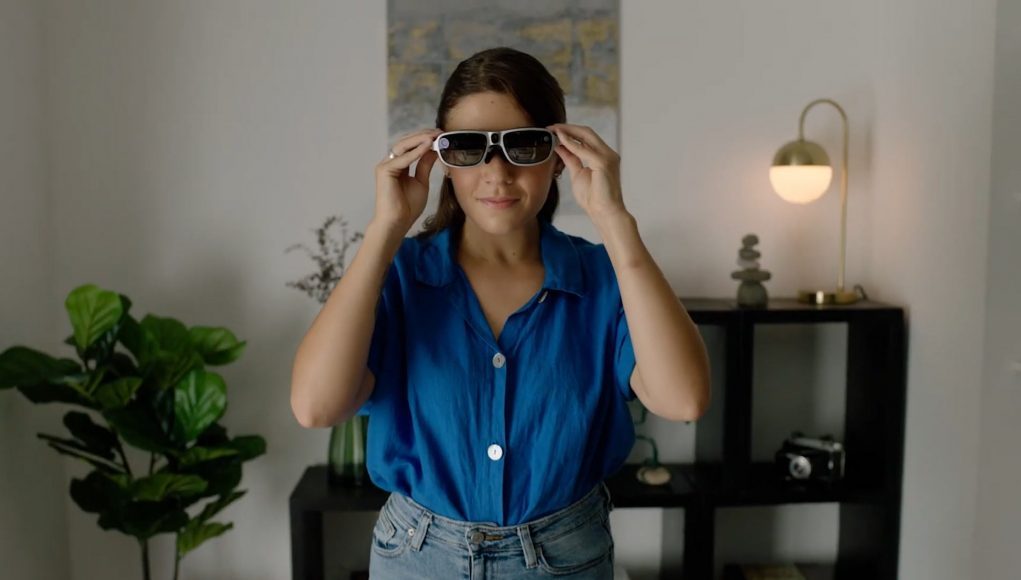Today at AWE 2021, Qualcomm announced Snapdragon Spaces XR Developer Platform, a head-worn AR software suite the company is using to kickstart a broader move towards smartphone-tethered AR glasses.
Qualcomm says its Snapdragon Spaces XR Developer Platform offers a host of machine perception functions that are ideal for smartphone-tethered AR glasses. The software tool kit focuses on performance and low power, and provides the sort of environmental and human interaction stuff it hopes will give AR developers a good starting point.
Still in early access, Qualcomm is initially working with Felix & Paul Studios, holo|one, Overlay, Scope AR, TRIPP, Tiny Rebel Games, NZXR, forwARdgame, Resolution Games, and Trigger Global. Snapdragon Spaces is slated for a more general release in Spring 2022.
Qualcomm isn’t leading the push by itself though. It’s tapped smartphone and AR hardware OEMs including Lenovo, Motorola, OPPO, and Xiaomi as early partners to support what it calls a “cross-device horizontal platform and ecosystem.” Lenovo’s ThinkReality A3 smart glasses tethered to a Motorola smartphone will be the first to work with Snapdragon Spaces.
When Qualcomm makes the push early next year, it will be relying on its telecom partners including Deutsche Telekom, NTT DOCOMO, INC. and T-Mobile in the United States; Qualcomm says more will be announced later.
“Snapdragon Spaces enables developers to build 3D applications for AR glasses from scratch or simply add head-worn AR features to existing Android smartphone applications to drive a unified, multi-screen experience between the smartphone screen in 2D and the real world in 3D,” the company says in a press statement. “Developers will also receive a robust resource library that includes documentation, sample code, tutorials, knowledge bases, and tools to help accelerate their development.”
The company says its platform will include environmental understanding features such as spatial mapping and meshing, occlusion, plane detection, object and image recognition and tracking, local anchors and persistence, scene understanding, positional tracking and hand tracking.

Snapdragon Spaces includes SDKs for Unreal Engine and Unity, and is based on OpenXR. It will also integrate with Niantic’s recently launched Lightship ARDK platform, something Qualcomm says will expand Lightship’s reach to “outdoor head-worn use cases and inspire people to explore outside, and to connect and play with others in real time through multi-player functions.”
Qualcomm further announced that it’s acquired the team and “certain technology assets” from HINS SAS and its hand-tracking and gesture recognition subsidiary, Clay AIR. Wikitude, an AR technology provider, is also joining Qualcomm, which includes the absorption of Wikitude’s AR userbase of 150K+ developers.







